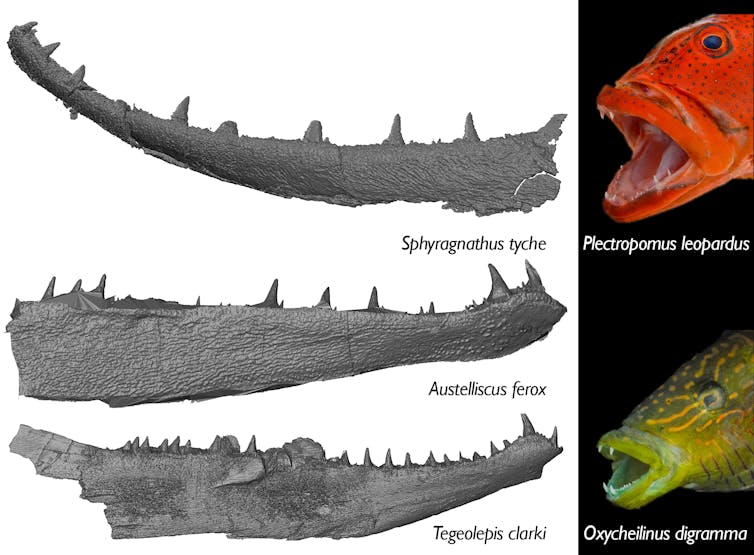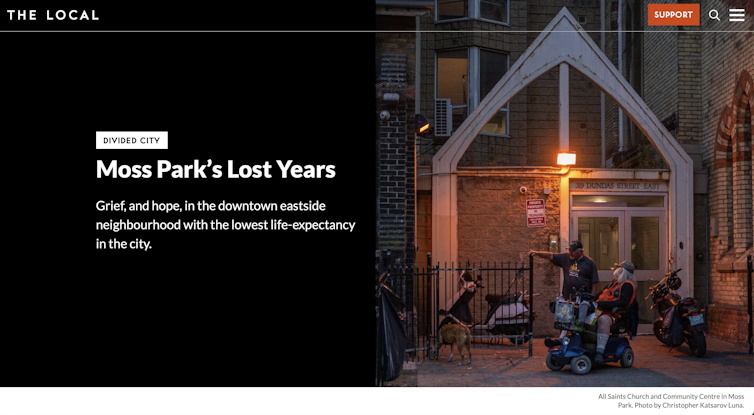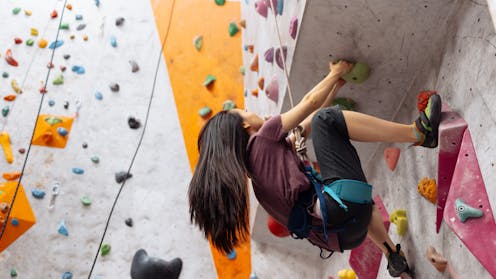Source: The Conversation – Global Perspectives – By Woo Soo Kim, Professor, Mechatronic Systems Engineering & Founding Director, Global Institute for Agritech, Simon Fraser University
There is a growing and urgent need to address global food insecurity. This urgency is underscored by reports from the Food and Agriculture Organization of the United Nations, which states that nearly 828 million people suffer from hunger worldwide.
Climate change is further escalating these issues, disrupting traditional farming systems and emphasizing the need for smarter, resource-efficient solutions.
But imagine a future where indoor farming systems can operate entirely on their own, managing water, nutrients and environmental conditions without human oversight. Such autonomous systems, driven by artificial intelligence (AI) and powered by robotics, could revolutionize how we produce food, especially in regions with limited arable land.
Tackling food and water insecurity requires innovative solutions like precision agriculture, using AI and robotics to foster sustainable development.
My research team at Simon Fraser University’s (SFU) School of Mechatronics Systems Engineering has developed a prototype of an AI-powered sensing robot capable of autonomously monitoring the water needs of tomato plants.
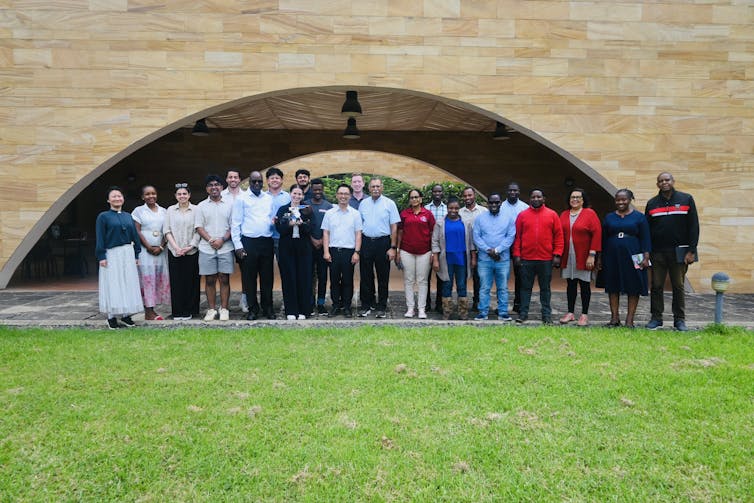
(Woo Soo Kim)
AI-powered farming
In conventional greenhouses, several water management techniques are used to enhance efficiency and minimize waste. These include drip irrigation and using soil moisture sensors and automated irrigation systems.
Despite their effectiveness, these methods have limitations in responsiveness and accuracy, and can lead to over- or under-watering, wasting resources and impacting crop health.
Agriculture takes up the vast majority of the water humanity uses. As water scarcity affects over two billion people worldwide, it is critical to find innovative ways to more efficiently use water.
At SFU, we’ve built an innovative robot that uses electrical signals from plants, also known as plant electrophysiology responses, as real-time indicators of plant health and hydration needs. The system integrates advanced AI algorithms to interpret these signals and determine when water should be supplied.
This technology eliminates the traditional guesswork and manual labour involved in irrigation, promoting efficient water use and reducing waste while optimizing plant health.
Recent research highlights the potential of integrating AI innovations into agriculture. AI-powered systems can significantly improve water efficiency, reduce chemical runoff and optimize crop yields.
Advances in robotics are also facilitating non-invasive and continuous monitoring of plant health, enabling interventions that are both precise and timely.
Recent advances in plant physiological signal monitoring have shown that sensors capable of capturing electrical signals reflecting plant stress, hydration and overall health can provide highly specific, real-time data.
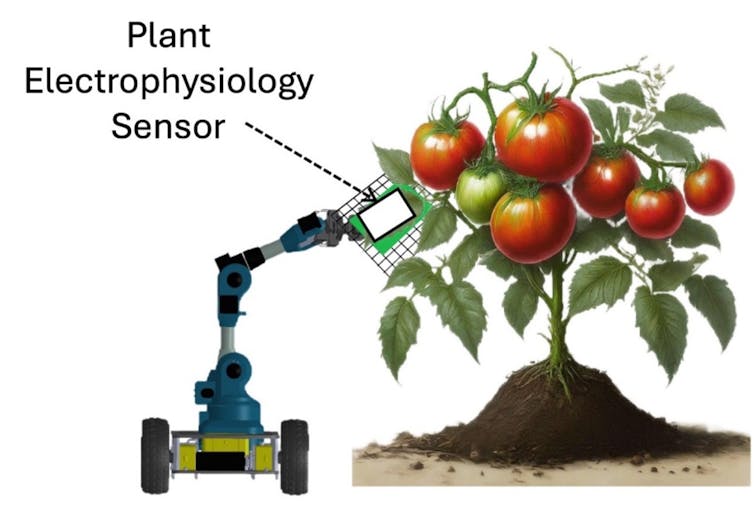
(Woo Soo Kim)
Our non-invasive sensing robot improves this process by enabling continuous and efficient monitoring of plant health, making automation more responsive and effective.
When combined with AI, these signals enable precision watering that is dynamically adapted to the plant’s actual needs, representing a significant leap in intelligent plant care.
Furthermore, recent innovations using multi-spectral imaging and machine learning have vastly improved our ability to detect disease and when plants are stressed. This can be integrated with electrical sensing robots like ours to develop comprehensive systems to monitor plant health.
With these improvements fully autonomous agriculture is becoming feasible. This technology goes beyond irrigation, using robotic sensing to interpret plant signals and enable autonomous nutrient management and environmental monitoring.
These multifunctional robots aim to optimize resource use, reduce waste, and increase crop yields, supporting global food security through holistic plant health management.
From greenhouses to fields
Our prototype shows promise in greenhouses. However, the real potential of AI water management lies in scalable, adaptable solutions. Addressing global food and water security requires international collaboration to share knowledge, technology and develop region-specific strategies for areas impacted by scarcity and climate change.
In recent years, our team has engaged deeply with agricultural communities in Tanzania and Asia-Pacific nations such as Singapore, Philippines, Japan and South Korea, understanding their unique challenges.
These regions face acute water shortages, limited access to sophisticated technology and the adverse impacts of climate change. To be effective, solutions developed in controlled environments must be adapted and made accessible to farmers.
This means developing sensor tools that are affordable and simple to use, and scalable AI and robotic systems that can operate effectively under variable environmental and infrastructural conditions.

(Alana McPherson)
International collaboration plays a vital role here. Sharing knowledge through cross-border research partnerships, capacity-building programs and technology transfer initiatives can accelerate the deployment of smart agriculture solutions worldwide.
The Food and Agriculture Organization, the Association of Pacific Rim Universities and the World Bank are actively fostering such collaborations, emphasizing that sustainable agriculture progress depends on integrating cutting-edge technology with local knowledge.
Our goal is to develop affordable, easy-to-deploy AI sensing robots for smallholder farms that can provide real-time plant monitoring to reduce waste and improve yields.
These systems can foster resilient farming ecosystems, and contribute toward meeting the UN’s sustainable development goal of ending hunger and malnutrition.
Ultimately, scaling prototypes like ours from greenhouses to global agriculture requires strong international collaboration. Supportive policies and knowledge sharing will accelerate the deployment of intelligent water management systems. This will empower farmers globally to achieve more sustainable and resilient food production.
![]()
Woo Soo Kim receives funding from Natural Sciences and Engineering Research Council of Canada and Mitacs.
– ref. Autonomous AI systems can help tackle global food insecurity – https://theconversation.com/autonomous-ai-systems-can-help-tackle-global-food-insecurity-258788





